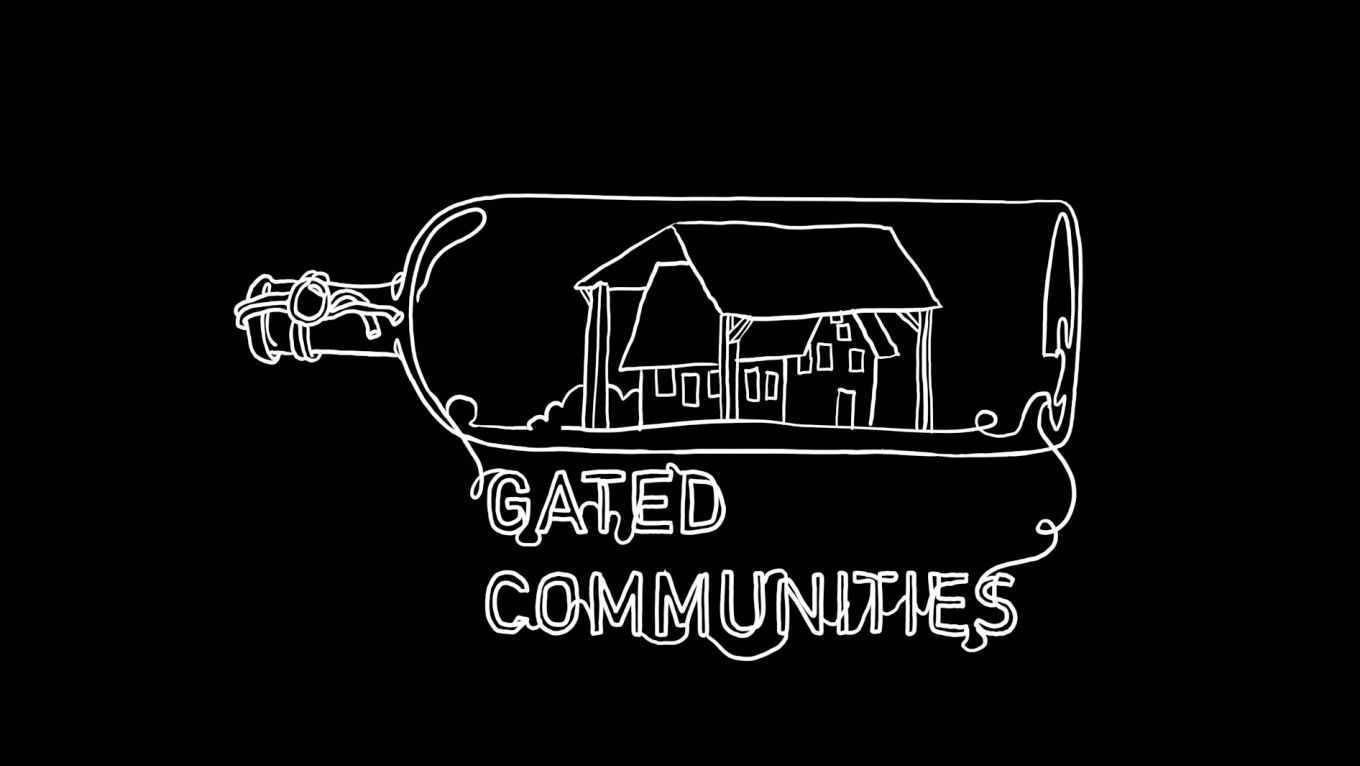Hardware & Making
All Our Shared Spectrum Are Belong to Us
Visualizing WLAN Channel Usage on OpenWRT
"Signal level is high but throughput is low" is a common experience in WLAN networks without central management. That causes a lot of frustration, mainly because there is no easy way for users to OBSERVE the presence of interference at all.
In order to improve this situation we developed a patch for OpenWRT which makes interference from other sources visible and is able to display the current utilization-ratio (channel load). No additional hardware is required and no interruption of normal operation is necessary - because recent chipsets maintain internal counters for channel load tracking.
We all love WLAN/IEEE802.11 networks. It's wonderful what we do with a few slices of free spectrum without the need for any central coordination.
The Problem is: demand for these few radio resources is increasing faster than additional free spectrum gets allocated. A potential tragedy of the commons situation is approaching.
Additionally, there is a heavy new user on the block: mobile operators want to start utilizing those free 5GHz bands. Protocols labelled License-Assisted-Access (LAA) or LTE-Unlicensed (LTE-U) have been put into silicon and large scale rollout can be expected to start during 2016.
This talk presents a modification to OpenWRT that will help coping with increased interference load over the next years. We think this feature is necessary to avoid a tragedy-of-the-commons situation in license-exempt bands (2.4/5GHz) due to ever increasing demands and node densities. The same way as we would be frustrated when we are unable to measure the general noise level in a room prior to deciding to use it to have a verbal conversation in it.
We started testing this feature (modifications to the mac80211 sublayer and to luci) at this years BattleMeshV8 in Maribor, Slovenia. Public release is planned for November 2015.
Additional information
| Type | lecture |
|---|---|
| Language | English |
More sessions
| 12/27/15 |
News about the rad1o half a year later – cool stuff that happened, and why you need an SDR.
|
| 12/27/15 |
Yosys (Yosys Open Synthesis Suite) is an Open Source Verilog synthesis and verification tool. Project IceStorm aims at reverse engineering and documenting the bit-stream format of Lattice iCE40 FPGAs and providing simple tools for analyzing and creating bit-stream files, including a tool that converts iCE40 bit-stream files into behavioral Verilog. Currently the bitstream format for iCE40 HX1K and HX8K is fully documented and supported by the tools. Arachne-PNR is an Open Source place&route tool ...
|
| 12/27/15 |
The Amiga was one of the most powerful and wide srpead computers in the late 80's. This talk explains its hardware design and programming.
|
| 12/27/15 |
CubeSat are small standardized satellites typically flown as secondary and containerized payloads piggybacking on the launches of larger satellites. Their low entrance cost have been a revolution in opening access to space for a broad range of institutions. In this talk the basics of CubeSat standards, technology and development are going to be presented. The goal is to proliferate the knowledge of what it takes to successfully build, launch and operate a CubeSat within and beyond the hacker ...
|
| 12/27/15 |
In this talk Matthew Borgatti, Lead Scientist at Super-Releaser, will take you through the process of turning a puddle of goo into a working soft robot. He will take you through the different mechanisms that can be created, simple processes for fabricating soft robots, and methods for joining elements together into sophisticated assemblies.
|
| 12/28/15 |
There are two lines of research in the world about decreasing poverty in low-income communities: (1) to create solutions and share them with people living in low-income areas or (2) build the capacity of people from low-income areas to create their own solutions. Maker Spaces to BoP have showed great results to the strategy two. The lecture has the goal to expose all the experience we have learnt in the last three years to project, implement and manage a Maker Space in a favela in São Paulo - ...
|
| 12/28/15 |
This talk is a brief recap into EEG / BCI for hackers, makers, researchers, and artists. It will give an overview of current consumer devices and their flaws, and subquently present fully open-source, high-quality hardware and software. Finally implications for the future of modern society are outlined, especially how commercial EEG consumer devices or services may be exploited by corporations to cloudsource market research, or spy on health conditions, brain states or even leak private ...
|

